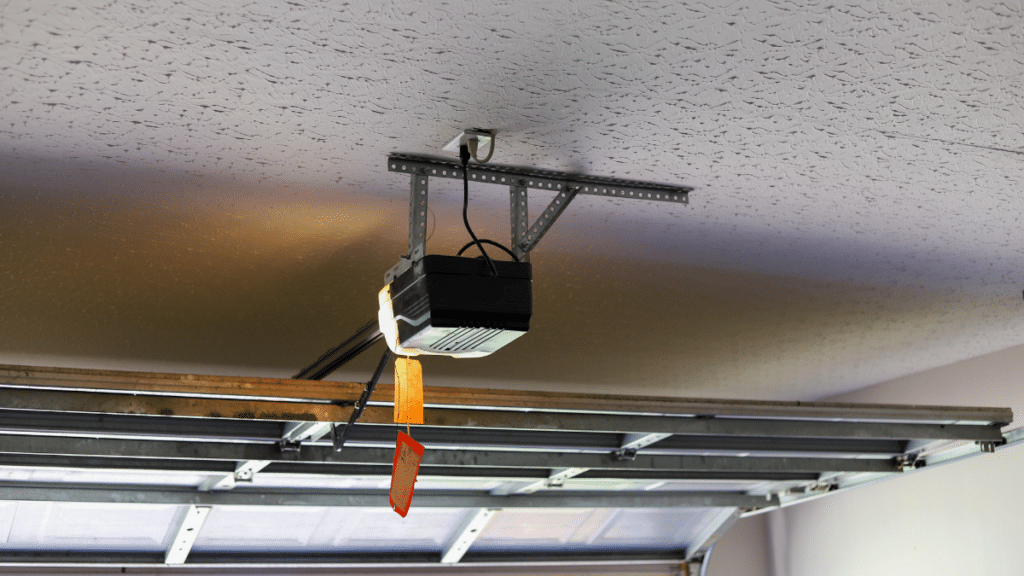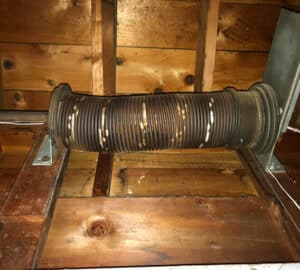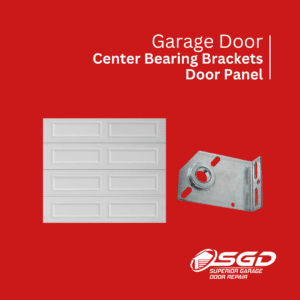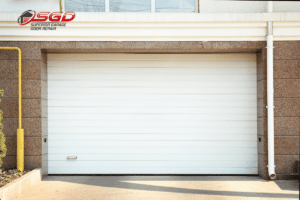Garage door openers are unsung heroes of household convenience and security. But when they start acting up, it can throw off your day-to-day routine and compromise your home’s safety. Replacing your garage door opener doesn’t have to be a daunting task. With the right knowledge and tools, you can ensure your garage door operates smoothly and efficiently. This guide will walk you through each step of the process, treating each section like a mini-article to provide a thorough understanding and easy-to-follow instructions.
Understanding Garage Door Openers
Before you embark on the journey of replacing your garage door opener, let’s break down the basics. The opener is the motorized device that opens and closes your garage door. It’s an essential piece of technology that adds convenience and security to your home. There are four main types of garage door openers:
- Chain-drive openers use a metal chain to pull or push the door open and closed. They are reliable and cost-effective but can be noisy.
- Belt-drive openers operate similarly to chain-drive models but use a belt instead, offering a quieter operation.
- Screw-drive openers rotate a threaded steel rod to move the door, known for their durability and minimal maintenance requirements.
- Direct-drive units have the motor itself move along a track to operate the door, boasting the quietest operation among all types.
Preparation for Replacement
Replacing a garage door opener is a project that requires preparation. First, gather the necessary tools and materials:
- Ladder
- Socket set
- Adjustable wrench
- Screwdriver
- New garage door opener kit
Before you start, prioritize safety:
- Turn off the power to the garage at the circuit breaker.
- Clear the area of any vehicles or obstacles.
- Familiarize yourself with the manufacturer’s instructions for your new opener.
Removing the Old Garage Door Opener
- Disconnect the Opener: Ensure the power is off and manually unlock your garage door.
- Detach the Opener from the Door: Remove the bracket or pin that connects the opener to the door.
- Dismantle the Opener: Uninstall the unit from the ceiling, carefully lowering it to avoid injury or damage.
Tips for Smooth Removal
- Label or take pictures of wire connections for reference.
- Have a helper support the weight of the opener during removal.
Choosing the Right Garage Door Opener
When shopping for a new opener, don’t just go for the first option you see. Research and find a unit that matches your needs:
- Quiet Operation: Crucial for attached garages.
- Reliability: Look for models with good reviews and warranties.
- Smart Technology: Consider if you want to control your garage door remotely.
Installing the New Garage Door Opener
Installation might seem complex, but by breaking it down into steps, it becomes manageable:
- Mount the Power Unit: Ensure it’s at the correct height to avoid any obstructions.
- Assemble the Rail and Attach the Chain or Belt: Follow the manufacturer’s guide for specifics.
- Install the Opener: Attach the unit to the ceiling, then connect it to the door.
Adjustments and Settings
Fine-tune the opener’s settings for optimal performance, adjusting the travel limits and force as needed.
Testing the New Opener
Ensuring Peak Performance
Test your new setup for safety and efficiency:
- Safety Features: Check the auto-reverse mechanism by placing an obstruction in the door’s path.
- Operation: Ensure the door opens and closes smoothly without hiccups.
Maintenance Tips
Regular maintenance ensures longevity and reliability:
- Lubricate Moving Parts: Use a silicone-based lubricant on rollers and hinges.
- Check Alignment: Make sure the safety sensors are properly aligned.
- Routine Checks: Test the auto-reverse feature regularly.
Conclusion
Replacing your garage door opener is a worthwhile project that enhances your home’s functionality and security. With the right preparation, tools, and knowledge, you can install a new opener that meets your needs and preferences. Enjoy the convenience and peace of mind that comes with a smoothly operating garage door.
FAQs
What is the average lifespan of a garage door opener?
-
- Typically, garage door openers last between 10 to 15 years, depending on their usage and maintenance.
Can I install a new garage door opener myself?
-
- Yes, with basic DIY skills and by following the manufacturer’s instructions, many homeowners can undertake this project.
What are the benefits of smart garage door openers?
-
- Smart openers offer convenience, such as remote access, and enhanced security features like real-time alerts and secure codes.
How often should I perform maintenance on my garage door opener?
-
- Annual maintenance is recommended to keep your opener in optimal condition.
What should I do if my new garage door opener isn’t working properly?
-
- Refer to the troubleshooting section of the manual. If issues persist, contact the manufacturer or a professional technician for assistance.








